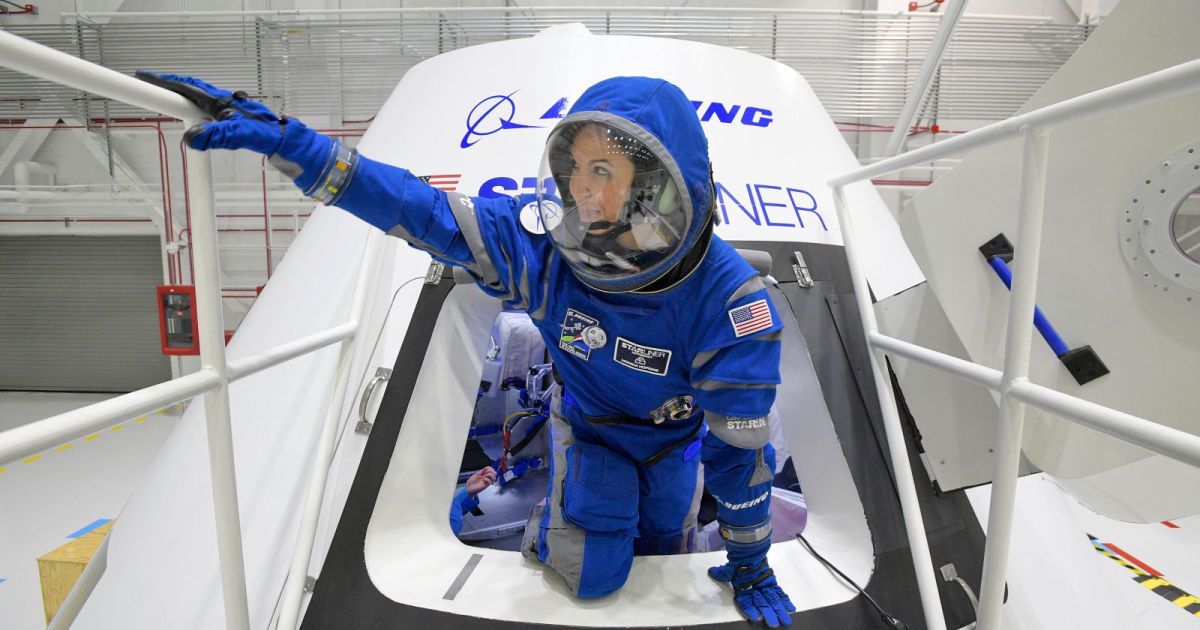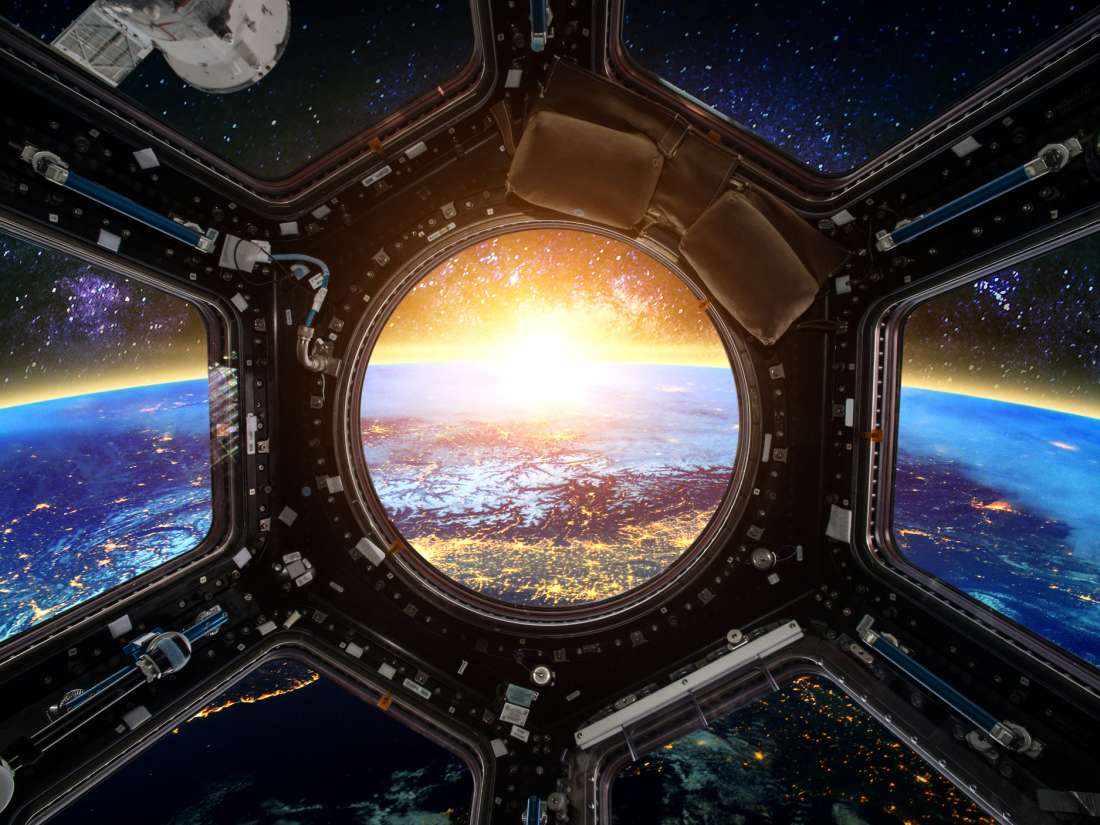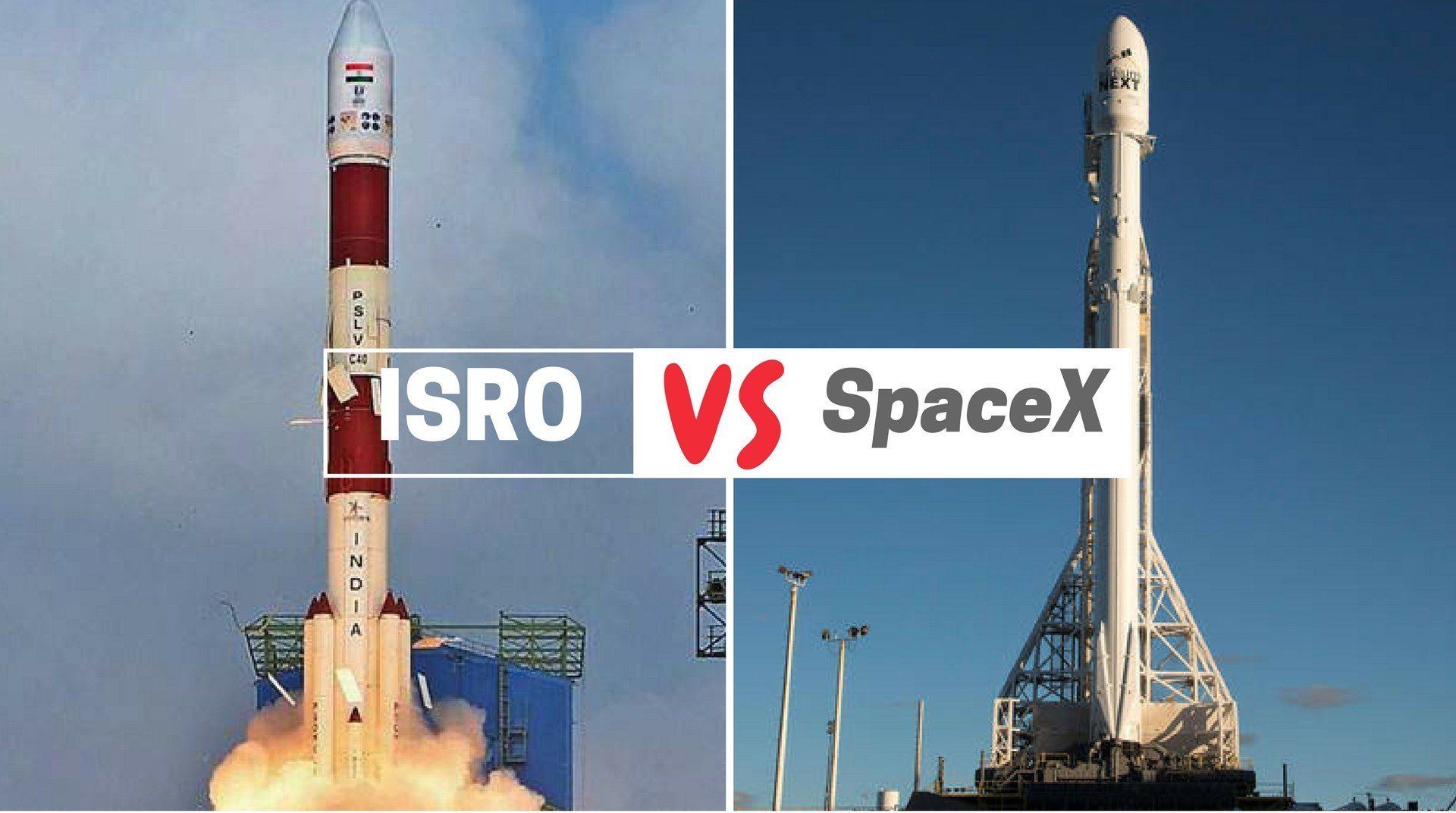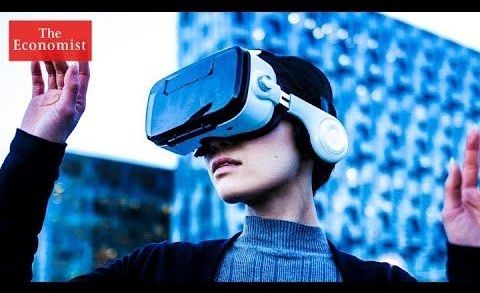Apr 7, 2018
XPrize breathes new life into failed moon landing competition
Posted by Genevieve Klien in category: space travel
The Google Lunar Xprize, a decade-long competition to put a privately funded spacecraft on the moon, may have come to an anticlimactic end but organizers aren’t conceding defeat just yet. They have today announced plans to re-launch the competition, though with no current sponsor to speak of teams could be competing for bragging rights only.
Launched in 2007, the Google Lunar XPrize tasked competing teams with getting a privately funded spacecraft to the Moon before having it travel 500 m (1,640 ft) and transmit HD video and images back to Earth. It offered up US$30 million in prizes, though these went unclaimed as organizers finally pulled the pin in January following several deadline extensions.
Google had funded the original Lunar XPrize but will be taking no part in the relaunched competition, which means that no cash is currently up for grabs. XPrize is now seeking a new title sponsor for the competition, who would get naming rights and be responsible for offering up prize money for the winners.


















